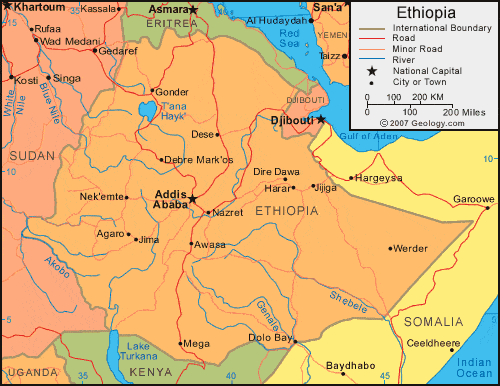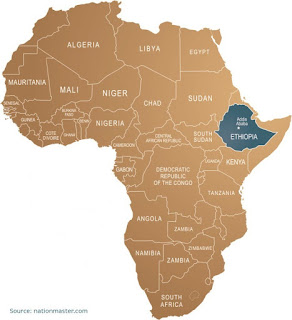Is Ethiopia Actually Water Scarce?

I was having a read through my blog this morning and I realised that over the past few weeks I might have been giving off the notion that Ethiopia is a country is facing dire physical water scarcity. However, this was the idea I was attempting to move away from at the start of my blog, that Africa isn’t the parched continent it is often believed to be. Indeed, water scarcity is generally portrayed as an issue of thirst , yet it is more often the case that financial restrictions or poor water management are ultimately responsible for a lack of water. Ethiopia is no exception and, as I’ll illustrate in this post, the necessary water needed for food production is most definitely available. Although it is, of course, true that parts of Ethiopia receive very low levels of precipitation (see Figure 2 ), the nation as a whole is home to some of the most substantial water reserves in Africa, earning it the title of the “ water tower of Eastern Africa ”. The majority of these wa



